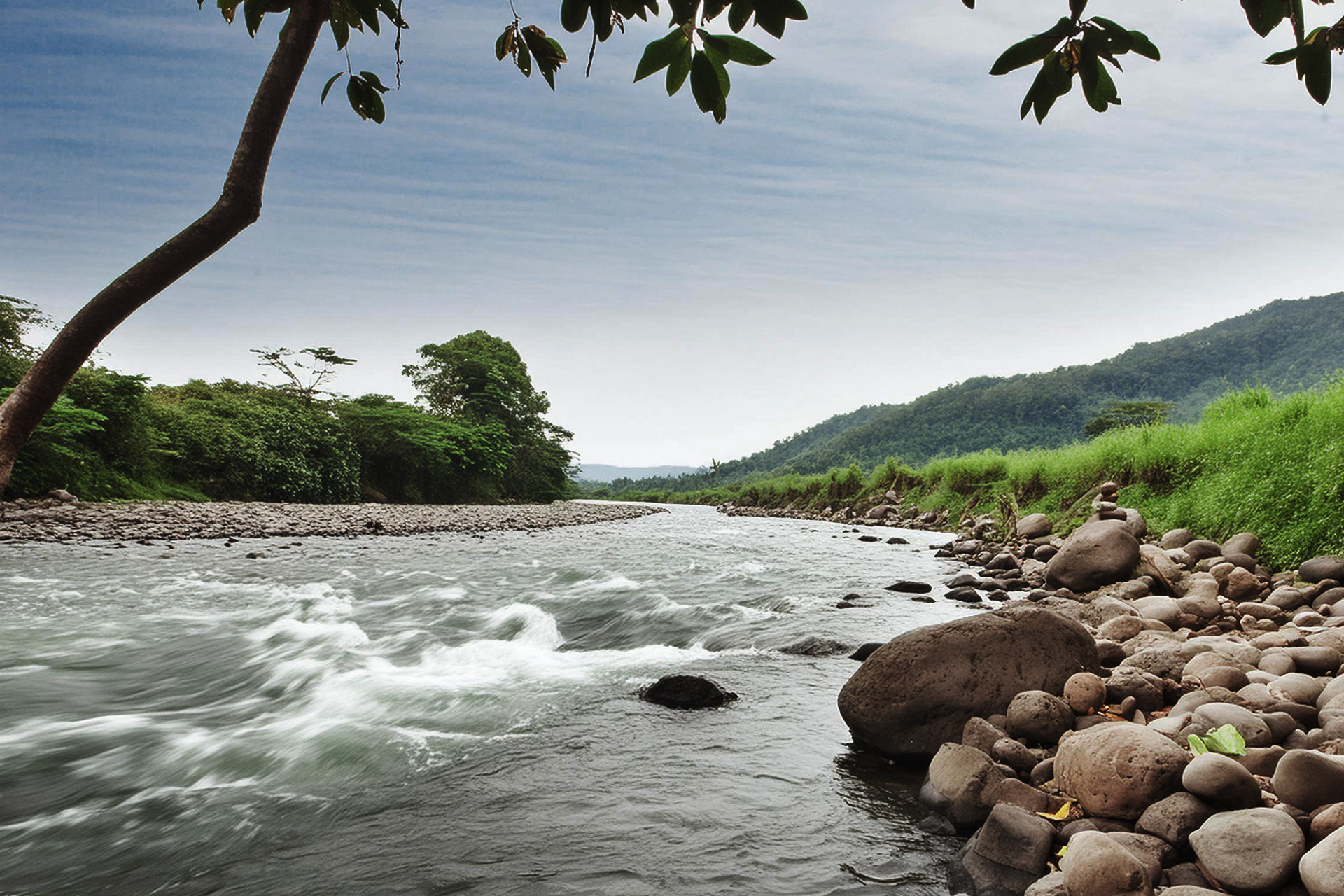Geographical Vulnerability arises from the river’s path through densely populated areas, which significantly worsens flood risks during the rainy season. The high density of settlements along the river reduces natural water absorption and increases runoff, making the area more prone to flooding.
Environmental Degradation in the upstream region, particularly on the border of Bogor Regency and Cianjur Regency, has further intensified the problem. Significant ecological damage, including deforestation and poor land management, has disrupted the natural flow of water. This damage exacerbates flooding in downstream areas, as water flows more rapidly and carries sediment into the river.
Infrastructure Limitations in Jakarta’s riverbanks add another layer of vulnerability. Considerable narrowing and siltation have reduced the river’s capacity to contain water, leading to frequent overflows. Combined with the city’s dense infrastructure, this limitation further increases Jakarta’s susceptibility to severe and recurring flooding events.
InterventionFlood Control Infrastructure has been implemented to manage the flow of the Ciliwung River effectively. The government has installed floodgates and flood monitoring stations at strategic locations, including Katulampa, Depok, Manggarai, Karet, and the Istiqlal Floodgate. In addition to these measures, diversion channels have been constructed to help redirect and control water flow, reducing the risk of flooding in critical areas.
Long-term Planning focuses on addressing flood risks at their source. A key intervention involves the proposed construction of the Ciawi Reservoir in Gadog, Megamendung, Bogor. This reservoir is designed to regulate water flow in the upstream area, thereby mitigating the volume and intensity of water reaching downstream regions, significantly reducing the risk of floods.

